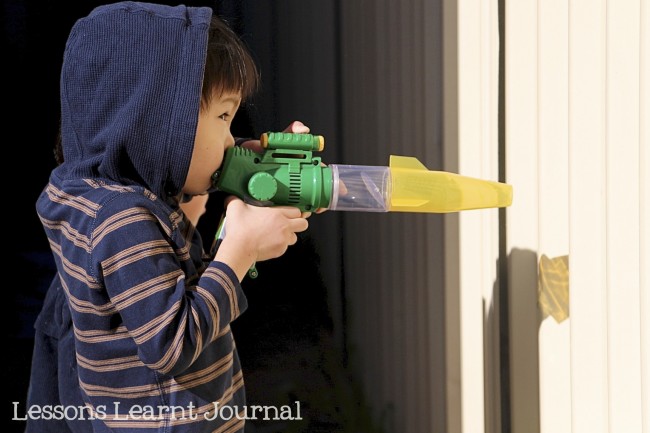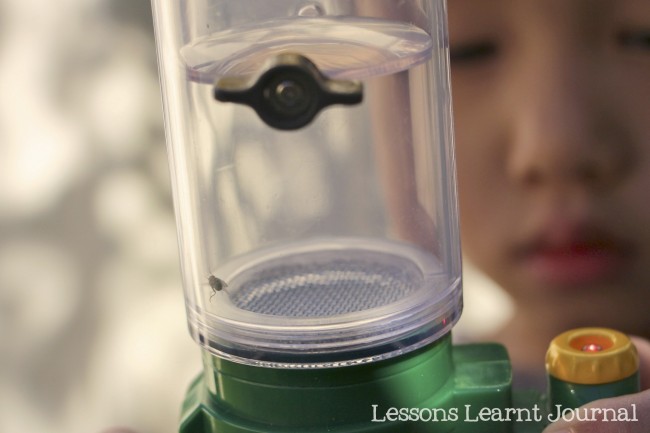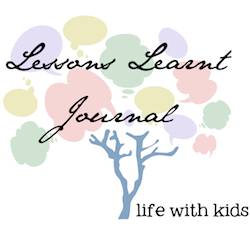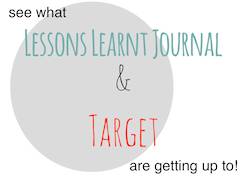This post is sponsored by Target. We only share what we love and we really love this new find!

Right next to our driveway lives a colony of ants. Some days, they can be seen busily working. On those days, all three of my boys will squat down, in a row, and just watch the lines of ants, fascinated.
Learning how to observe is a very important science skill for children. By making observations, we learn about the world around us. Our observations help answer questions. We use observations to make predictions. Observations lead to further questions and investigations.

Here are four tips to help children develop strong observation skills:
{ONE} Teach children that to observe something is to pay close attention to something. Use their five senses where appropriate: seeing; hearing; touching; smelling; tasting. Children must be taught they should only touch or taste something if an adult says it is safe.
{TWO} Remind children that observing something well means to see things from different angles, places, times and over time. The longer the time you have to make observations, the better the information will be.
{THREE} Provide different observation tools like magnifying glasses, microscopes; rulers and measuring tapes; weights and scales; thermometers; stopwatches, clocks, etc. Through practice, children will learn which tools will best help them in their respective observations.
{FOUR} Emphasise that recording observations is just as important as making them. When recording observations, use words, numbers, pictures, photos and videos. Experiment recording observations on different types of graphic organisers. It is important to be neat and organised.
Reference:
BrainPOP. (1999-2013). Available from: http://www.brainpopjr.com/science/scienceskills/makingobservations/grownups.weml
We recently discovered the Backyard Safari Outfitters collection. They are perfect for encouraging observation skills in young children.

My boys spotted the Backyard Safari Outfitter Lazer Light Bug Vac at Target. When I saw the price (around $20), I couldn’t resist purchasing it. Yes, you read that correctly. It’s a Lazer Light Bug Vac. It sucks up bugs and catches them live. There’s a built in magnifying lens that kids can flip over once they’ve sucked up a bug. They can then observe the bugs up close with the built in magnifying lens.
Totally awesome right? What I absolutely love about the Backyard Safari Outfitter Lazer Light Bug Vac is that it’s so easy catch and release bugs. All you need to do to release the bug is to flip over the magnifying lens, and let the bugs out.

One of our best buys to date.
Tell me, what has been your best buy to date? I would love to check it out!
If you are new here, you might like to subscribe to our RSS feed or receive updates direct to your email. We have many fun ideas to share.

















